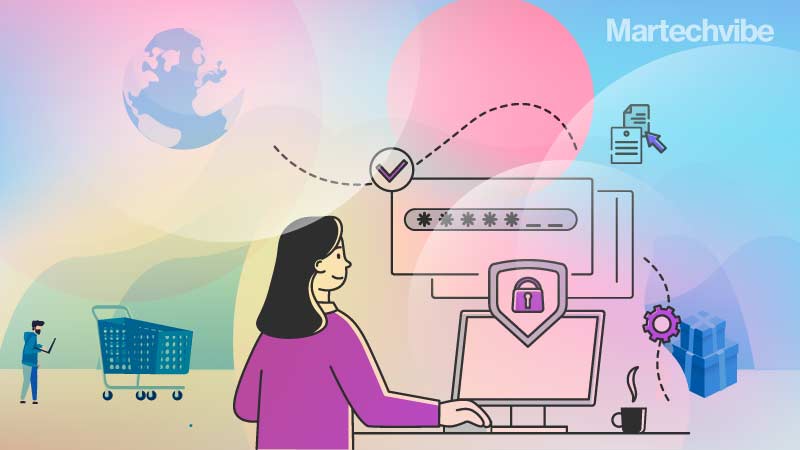Marketers regard first-party data in higher esteem as it is collected directly from the audience and is easy to manage and store.
This data type consists of customer interactions on the website and the app. It also comprises consumer purchase history, contact information, like email, phone numbers and addresses, SMS, point-of-sale (PoS) and CRM data at call centres, subscription information, and social media data. This data is collected directly from customer transactions and by placing a pixel code on the brand website, mobile app, product or social channels. This information gets recorded on CRM or DMP platforms.
Traditionally, a cosmetics manufacturer looking for prospective consumers to purchase their bold makeup product range will try to obtain data from a consumer segment of women between 20 and 35 who prefer bold colours in lip shades or nail colours while purchasing at stores. Most brands buy this third-party data to find critical demographic information about prospective customers, such as their age, income, gender, and interests, that help them create brands’ richer customer profiles and improve their personalisation strategies.
First-Party Data
Data that provides significant insights into customer behaviour helps brands improve customer engagement. By adopting effective customer data collection, storage and usage methods, brands can enhance their personalisation strategies and send tailor-made messages to customers, pivoting around their needs and wants.
First-party data is essential for maintaining direct customer relations and can boost cross-selling and upselling of products. With this type of data, marketers can segment their target customers far better and thus connect with them using relevant messaging, like informing customers about new products and services from their preferred category. Moreover, as this data is collected from the source, it is privacy protected.
Consumers are protective about how brands collect, store and share information and are sceptical if their data is being collected without consent. But a recent YouGov poll showed that US adults would happily share personal information with brands if they received discounts, free products, or rewards in return.
Second Party Data
Unlike first-party, second-party data is non-proprietary and is first-party data collected by entities outside organisations. Brands obtain second-party data from trusted partners with whom they share a mutually beneficial relationship. Second-party data measures performance for specific vertices, such as Consumer Packaged Goods (CPG), and partnering with retailers allows them to measure the performance of campaigns and what consumers purchase in-store.
Zero-Party Data
Forrester, a research and advisory company, coined the term zero-party data to speak about data shared voluntarily by customers with the brands. When brands collect first-party data by tracking customer interactions and behaviours on their website, they build first-party data assets. Customers are not openly disclosing information about their every move, so marketers and customer experience experts are tasked to observe and predict customer behaviours. In the case of zero-party data, there is no room for inference.
Zero-party data consists of loyalty programme memberships, data collected from interactive quizzes and game responses, preference data, and purchase intentions shared by customers.
Marketers refer to zero-party data as a gold mine as it is definitive and trustworthy. While dealing with zero-party data, brands have to trust what customers are sharing with them. Using this data, brands can directly access customer intentions. This data is not collected by keeping customers in the dark.
Conclusion
The biggest concern for brands when dealing with customer data is to convert it in a meaningful way which will maintain control of the data and help brands establish a worthwhile relationship with their customers. When there are gaps in understanding consumer sentiments, brands cannot succeed in making a real change. To create and sustain lifelong relationships, marketers must have the right setup to enable relationships to interact with consumers on their terms. And naturally, more data-driven brands will have a competitive advantage for insights and reach vs those relying more heavily on walled gardens. It becomes imperative to adhere to regulatory scrutiny and ensure that your data is safe from any breaches to safeguard the interests of your consumers.
If you liked reading this, you might like our other stories
Welcome to Loyalty 2.0: Patrick Sim, Epsilon
What Drives Consumer Loyalty Has Changed: Paul Wallis, Epsilon









